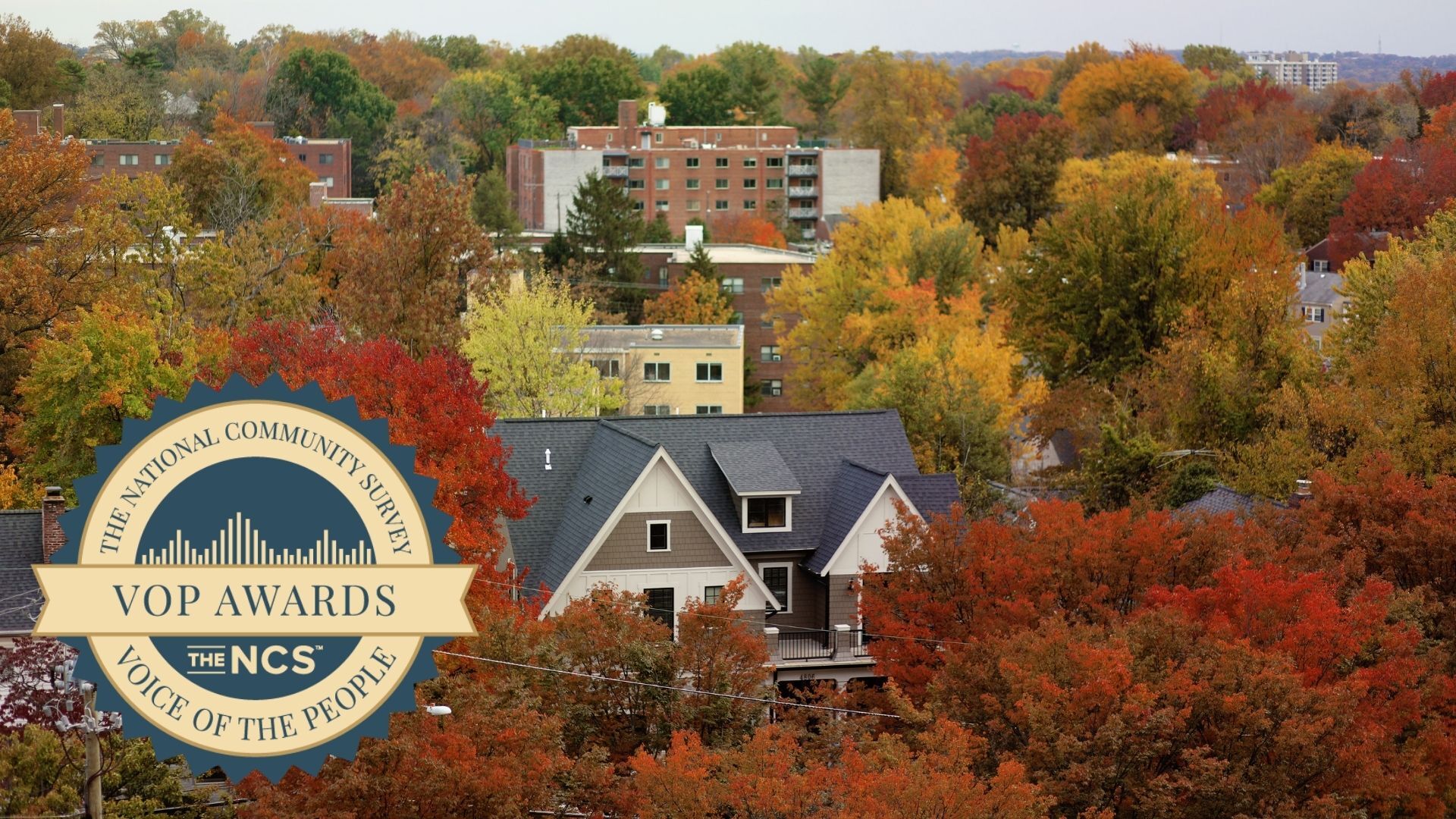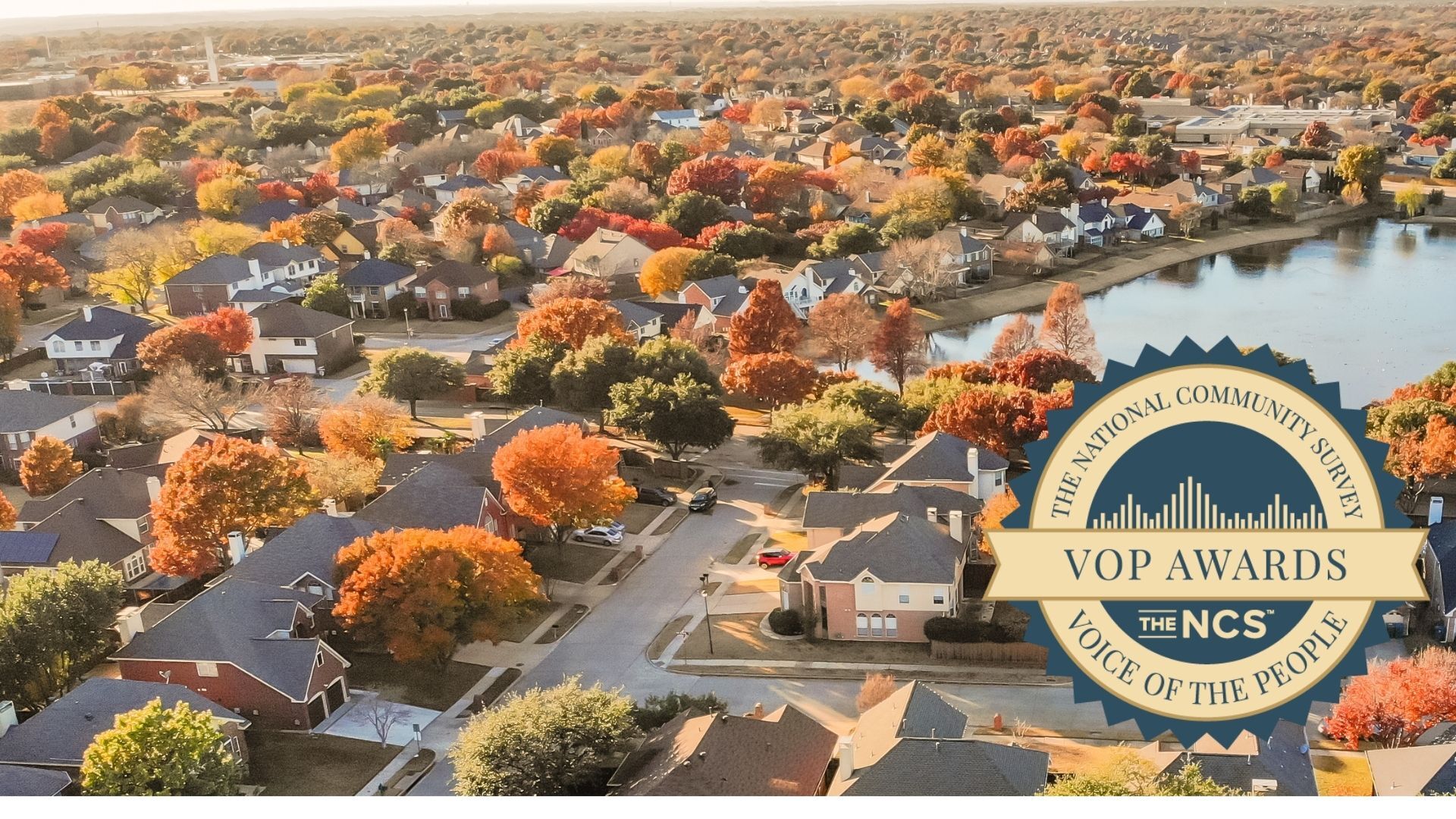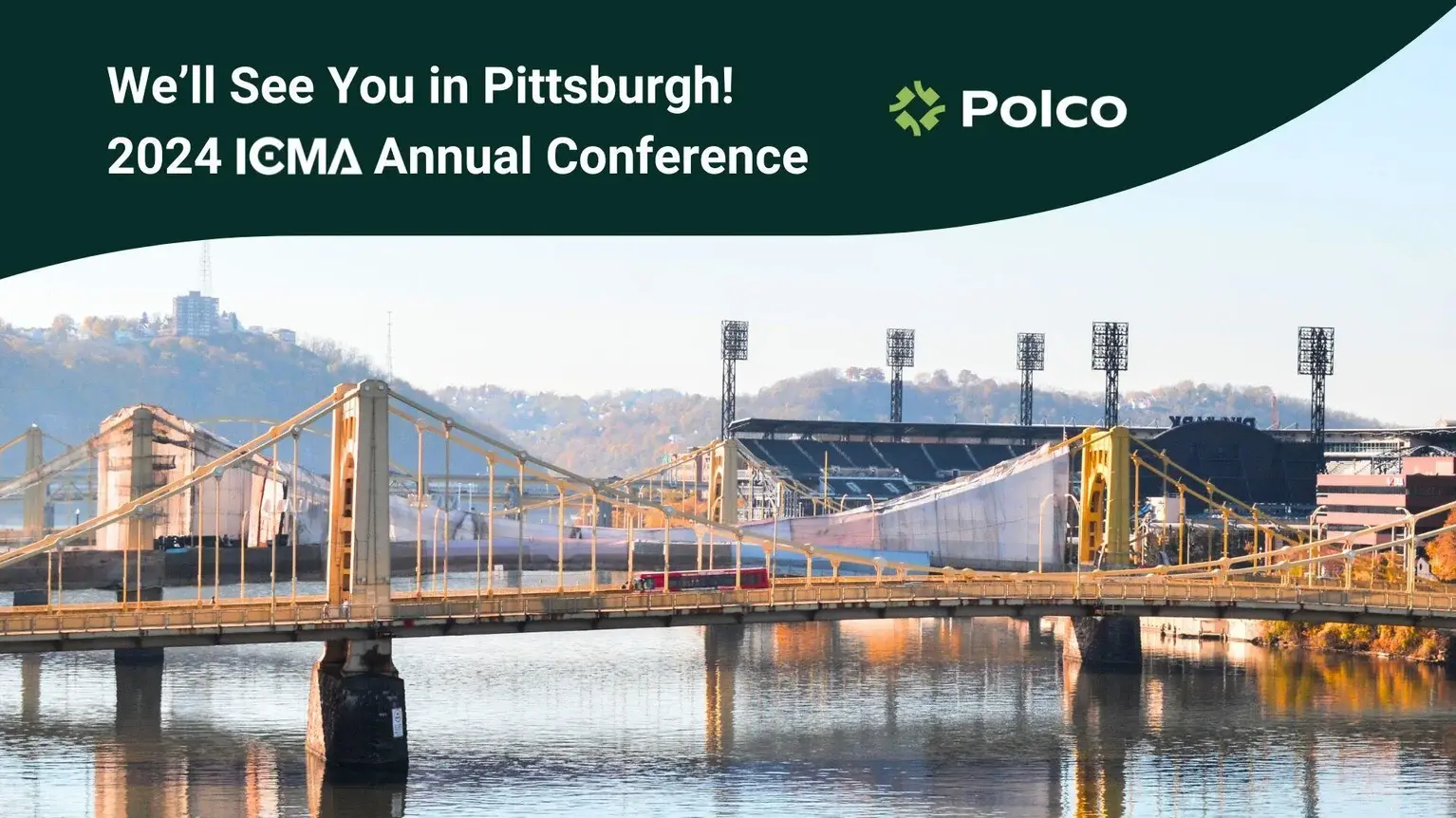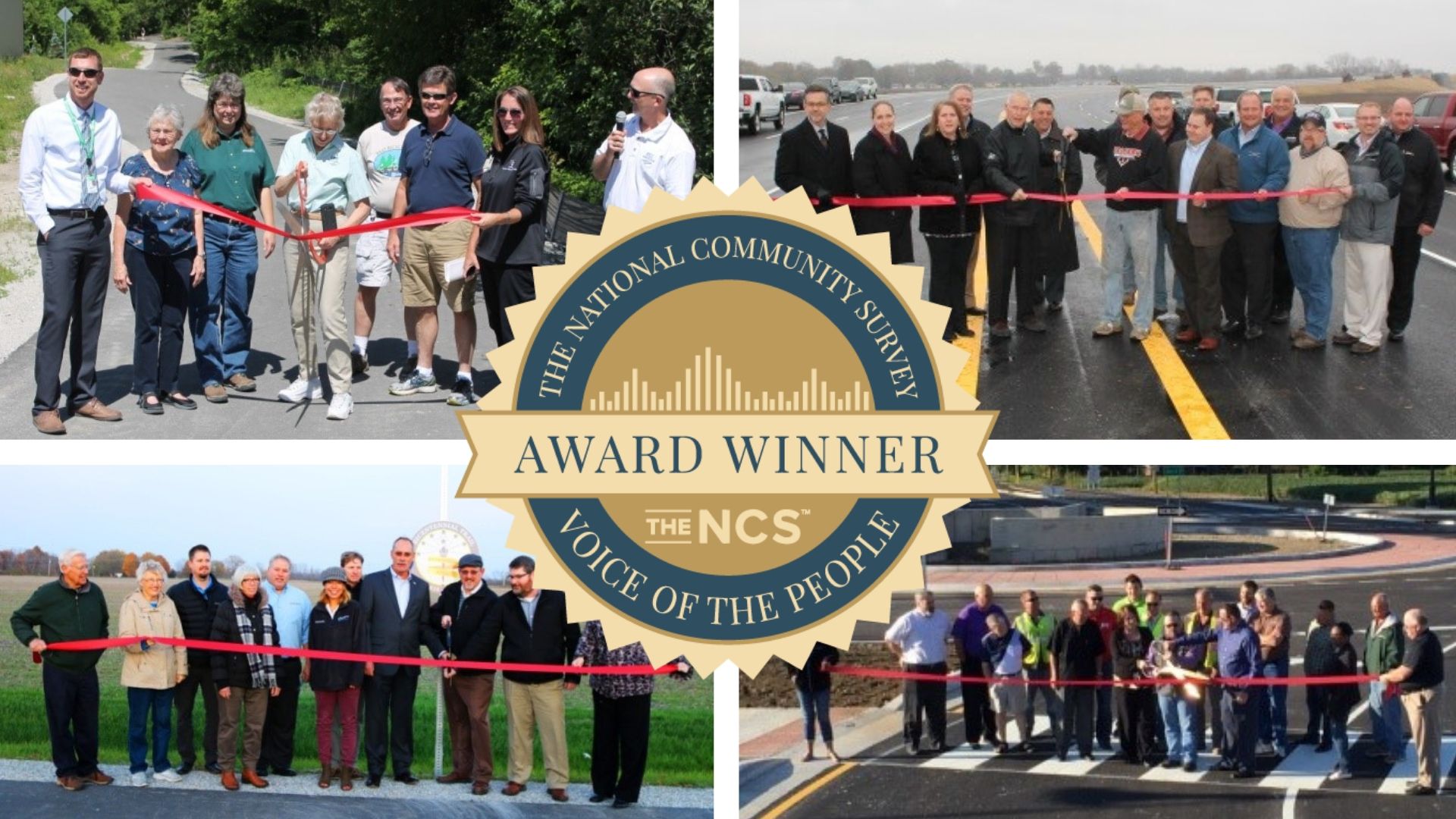How a Focus on Transit Transformed Mobility in Montgomery County
By Polco on August 16, 2021

Montgomery County, Maryland’s investment in transit, walking, and biking led to dramatically increased resident satisfaction
-By Julia Steege-Reimann-
Montgomery County, Maryland’s leaders know that improving mobility is about much more than just reducing congestion.
“Transportation has been a longstanding priority for Montgomery County. However, in the past five years, the focus has shifted from primarily congestion reduction to providing a balanced transportation system that serves as an asset to the entire community and increases mobility options available to our residents and businesses,” said David Gottesman, County Statistics Manager.
The County regularly conducts The National Community Survey (The NCS) to gather feedback from residents. Data from the survey show that Montgomery County’s residents have become happier with the County’s mobility between 2017 and 2019. Specifically, they have become more satisfied with bus and transit services, as well as other aspects of the transportation system.
“The public response — especially for transit — suggest that this strategy shift is valued by our community and a strong appreciation exists for the variety of options available and the improved ease of moving around the County,” said Gottesman.
“I commend Montgomery County for their significantly improved resident ratings for mobility,” said Damema Mann, Director of National Engagement for Polco.
Montgomery County’s efforts led to a 2020 Voice of the People Award for Transformation in Mobility. This is the only national award that honors local governments based on feedback from residents. The award is presented by Polco / National Research Center (NRC) and the International City & County Management Association (ICMA). This award acknowledges local governments that make significant improvements on The NCS ratings and that take the best actions on behalf of their communities.

Innovations in Transit
Recently Montgomery County has put a lot of investment into improving transit options for residents.
Leaders have updated the Metro transit station, invested in a modern transit fleet, and improved real time information to make it easier and more convenient to ride.
Additionally, recent exciting innovations in transit include a new cross-county light rail and a flash bus rapid transit concept. This concept maximizes the use of dedicated transit lanes and strives to make the routes as efficient as possible.
“Investment in this network will be essential to moving more people without major expansion of the highway network and the negative environmental and community impacts associated with urban and suburban highway expansion,” said Gottesman.
Last, Montgomery County has recently expanded a “Kids Ride Free” Program. Currently all local buses are now free for residents ages 18 and under.
“This program improves mobility for students and encourages an early foundation in using transportation options other than driving single occupancy vehicles,” said Gottesman.
Walking and Biking
Public transit is only part of the equation. In the last five years, Montgomery County has also invested in options for walking and biking.
County leaders built bike paths in many key growth areas. These paths link residential communities to commercial areas. Additionally the County expanded bikeshare and e-scooter programs. The County is currently building a new trail that connects the two largest downtowns in the County.
Strong Communication, Strong Strategy
Strong communication, engagement and a strong transportation strategy underpin any transit and biking/walking improvements.
The County has recently improved its websites and social media outreach to be able to better communicate travel options to businesses and residents.
The County has strategically focused on facilitating economic development in areas with public transit access. It has also adopted new transportation legislation this year. Known as “NextGen TDM,” this legislation will help expand programs to encourage public transit, walking, and bicycling in both new and existing development projects.
“All of our efforts will help our residents, employers and employees understand what options are available to avoid congested roads and to have more pleasant and predictable journeys to local jobs, educational opportunities, and amenities,” said Gottesman.
Related Articles:
Popular posts
Sign-up for Updates
You May Also Like
These Related Stories

How Flower Mound Transformed Resident Satisfaction With ‘Wildly Successful and Well-Attended’ Events

Year of Transformation: Connect With Polco at the 2024 ICMA Annual Conference


